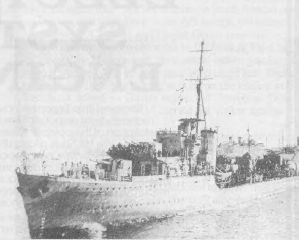I have received the March 1997 issue of the “Naval Historical Review”, which I am glad to note is up to the usual high standard. I would like to comment on ...
Q Class
Book Review: Q Class Destroyers and Frigates
“Q CLASS DESTROYERS AND FRIGATES OF THE ROYAL AUSTRALIAN NAVY” (Destroyers 1942-1956) (Frigates 1953-1972) by Trevor Weaver, Published by The Naval Historical Society of Australia. At last a book has been ...
